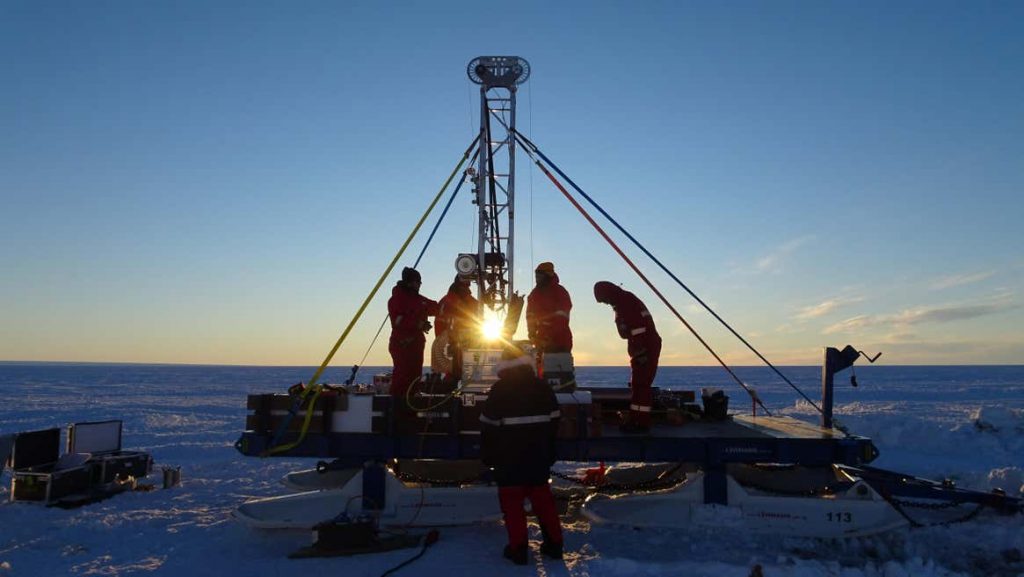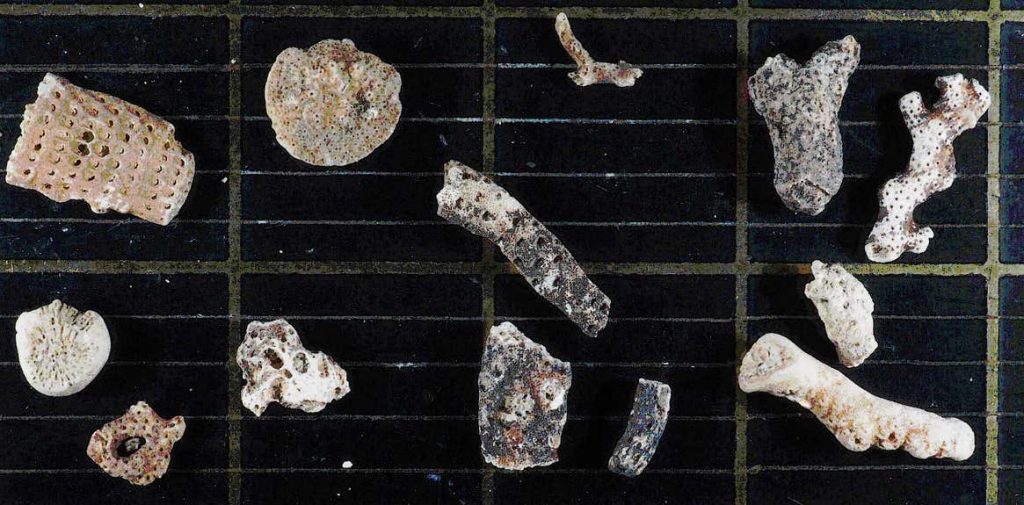There is nothing but absolute darkness deep beneath the ice of Antarctica’s Ekström Ice Shelf. Complete darkness and a flourishing ecosystem that has existed for thousands of years, according to a recent study in the journal Current Biology, published this week.
Despite covering approximately 1.6 million km2, ice shelves are among the least discussed habitats on the planet. Life has been photographed in these perpetually dark, cold, and quiet environments, but it has rarely been collected.

In 2018, a team of researchers used hot water to drill two holes through roughly 200 meters of the Ekström Ice Shelf near Neumayer Station III in the South Eastern Weddell Sea. The surroundings are rough and exceedingly cold.
The traces of life discovered on the seafloor came as a surprise. Despite being hundreds of kilometers from the open sea, the variety of creatures they captured was incredible. In fact, it’s more diverse than many open water samples found on the continental shelf, where light and food are abundant.

The scientists discovered 77 species, including saber-shaped bryozoans (moss organisms) like Melicerita obliqua and serpulid worms like Paralaeospira sicula, which is more than the ecosystem had previously known about.
“This discovery of so much life living in these extreme conditions is a complete surprise and reminds us how Antarctic marine life is so unique and special. Amazingly, we found evidence of many animal types; most feed on microalgae (phytoplankton), yet no plants or algae can live in this environment. So the big question is how do these animals survive and flourish here,” lead author Dr. David Barnes, a marine biologist at British Antarctic Survey, stated.
According to the researchers, enough algae are moved beneath the ice shelf from open water to support a healthy food web. Moreover, according to samples, four species’ annual growth was strikingly similar to that of similar organisms in open marine Antarctic shelf settings.

“Another surprise was to find out how long life has existed here. Carbon dating of dead fragments of these seafloor animals varied from current to 5800 years. So, despite living 3-9 km from the nearest open water, an oasis of life may have existed continuously for nearly 6000 years under the ice shelf. Only samples from the seafloor beneath the floating ice shelf will tell us stories from its past history,” co-author Dr. Gerhard Kuhn (AWI), who coordinated the drilling project, said.
According to current theories on what life might exist beneath ice shelves, all species become less common as you get further away from the open sea and sunlight. Previous studies have discovered fish, worms, jellyfish, and krill as small mobile scavengers and predators in these habitats. On the other hand, Filter-feeding species were expected to be among the first to go beneath the ice because they rely on food from above.
The study also points out that time is running out to analyze and safeguard these ecosystems due to climate change and the loss of these ice shelves.
“It is a major tragedy that one of Earth’s least known, disturbed, and unique habitats could be lost before we even know it,” Dr. Barnes said. “There are likely to be many societally important answers to how our planet functions there.”


